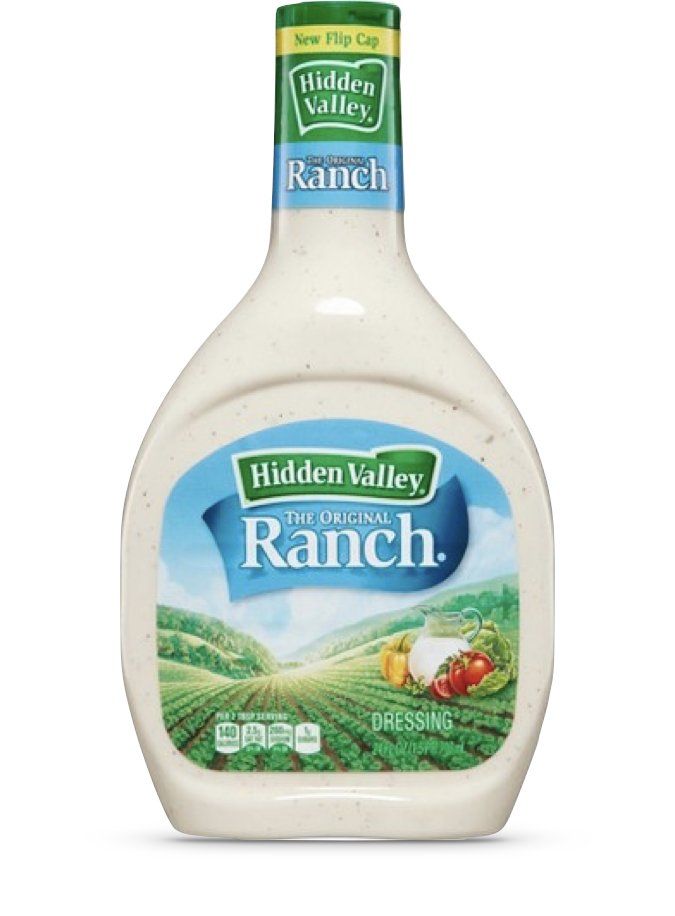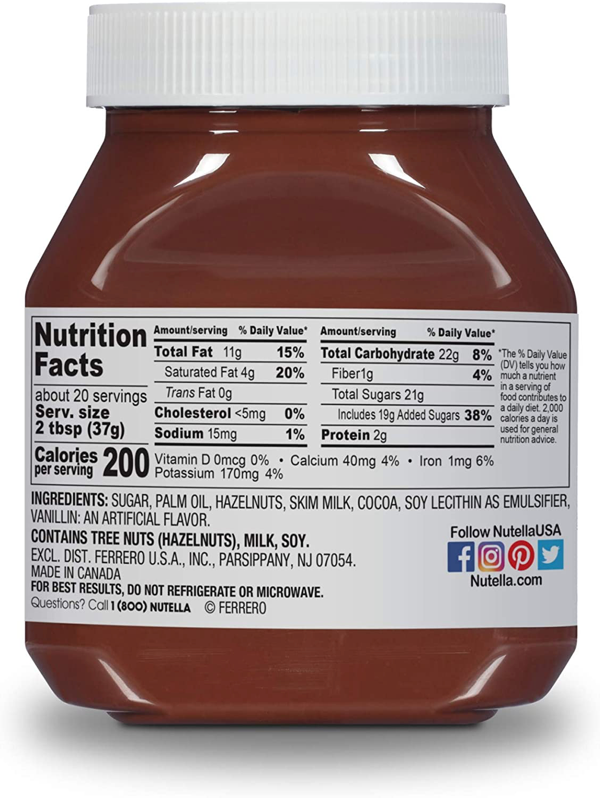Insisting that “we need structured content” and “we need content reuse,” makes it easy to build content with inappropriate structures that waste effort and work against core needs.
So, what kinds of specific structure-needs are common? A thread, illustrated by fast food.
Consistency! Content of a given type shares common structures and patterns, regardless of who created it. If Alice makes a case study, and Bob makes a case study, they’ll both obviously be case studies.

Versatility! Content, once it’s created, can be used in multiple contexts. An author biography, for example, is needed in many places across a news site.

Longevity! Content with longevity retains its value over time without additional investment. “Evergreen” content it keeps on giving, and justifying the cost of creation is easier.

Modularity! Content that’s made of discrete parts that can be separated and assembled in different ways is more flexible, and more likely to be reused to fill new needs.

Parsability? Odd word, but an important one: it means that content’s properties and characteristics can be easily and meaningfully accessed. Building a list of low-calorie products or multi-serving family packs requires that information be broken out meaningfully.

Fidelity. This one’s often assumed but overlooked — it means that content retains its meaning and accuracy regardless of context. Copying and pasting is its ultimate antithesis: without constant attention, cloned content drifts out of sync, losing fidelity.

Validity — another quality that’s often assumed but takes work to ensure. It means that content of a given type is guaranteed to follow specific rules. Often confused with consistency, but not the same: two valid things can be very different from each other.

This isn’t an exhaustive list by any means — but carefully and studiously examining WHY structure is needed, and what work that structure needs to do in the overall content architecture, is the key to making it work… and justifying the expense of building systems to support it.